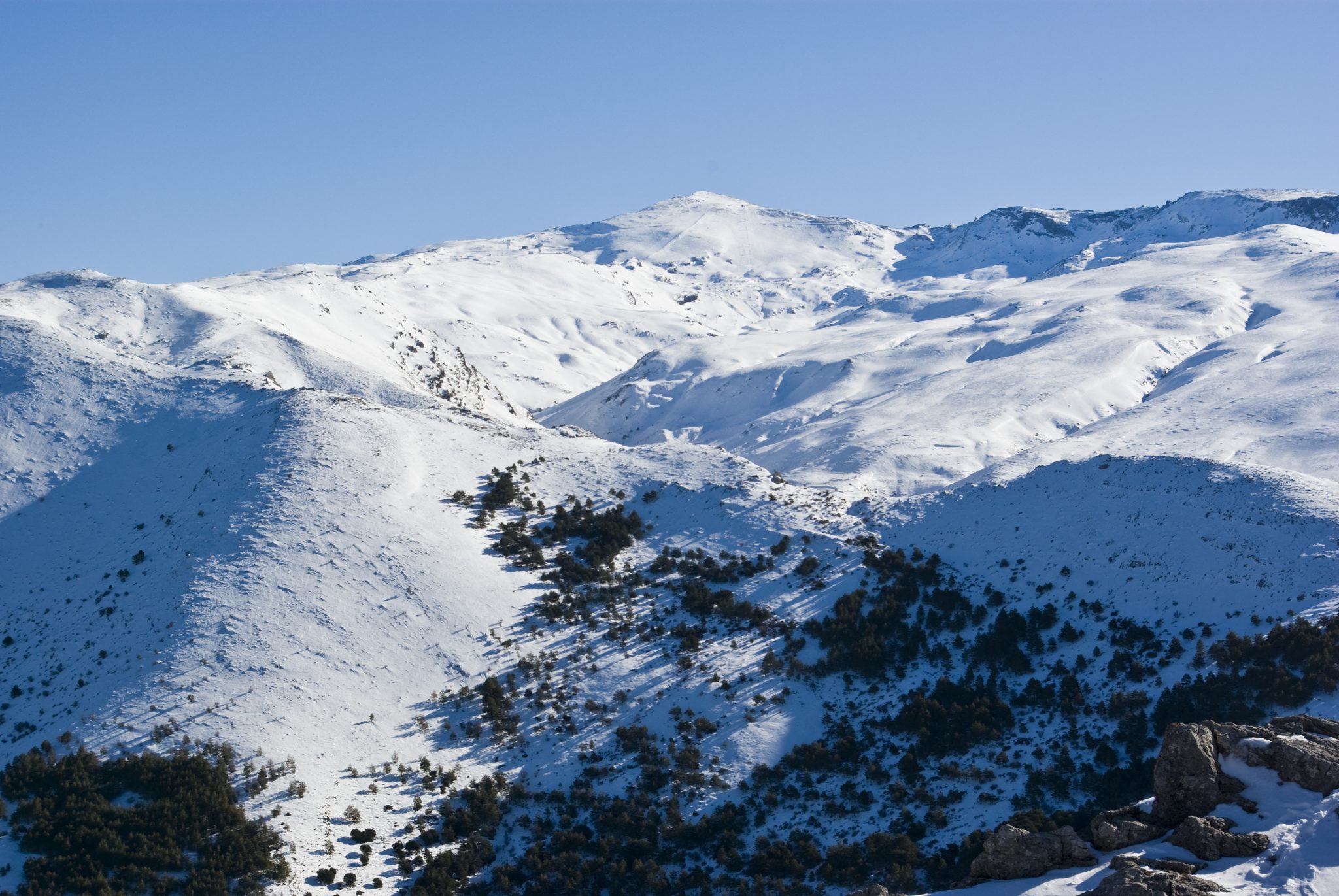Sierra Nevada is the most important center of plant diversity in the western Mediterranean and one of the most outstanding in Europe , where the presence of 2353 species of vascular plants has been registered so far, an exceptional figure in our area. Along with this floristic richness, some 20,000 species of invertebrates and 290 species of vertebrates (43 mammals, 123 birds, 20 reptiles, 7 amphibians and 6 fish) have been found in Sierra Nevada so far.
Sierra Nevada is a place that has ideal conditions to analyze the effects of global change on ecosystems: a considerable altitudinal gradient, from 3478 meters in the Mulhacén, the roof of the Iberian Peninsula, to 350 meters in the extreme east, its proximity to the Mediterranean Sea, its geographical position at the southern tip of the European continent and of course the complex and extensive natural and cultural history of this mountain. The study of the effects of global change requires a multidisciplinary vision and the development of research and monitoring protocols, which will allow us to have a system of pressure, status and response indicators to diagnose the health of Sierra Nevada ecosystems and their ability to provide services.
